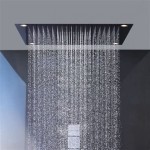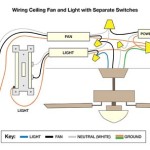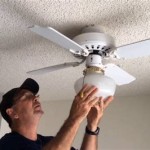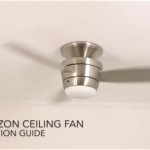1.
Insulating a cathedral ceiling can be a daunting task, but it’s a crucial part of creating a comfortable and energy-efficient home. A cathedral ceiling is a type of sloped ceiling that rises at least two feet from the highest point of the walls and is usually found in larger homes. The space between the walls and the ceiling can be difficult to access, making it difficult to add insulation. However, with the right materials and some elbow grease, you can successfully insulate your cathedral ceiling and make your home more comfortable and energy-efficient.
Step 1: Measure the Ceiling
Before you begin, you’ll need to measure the ceiling to determine how much insulation you’ll need to purchase. Measure the length and width of the ceiling and use these measurements to calculate the total square footage. Once you have your measurements, you can use them to purchase the right amount of insulation.
Step 2: Choose the Right Insulation
When insulating a cathedral ceiling, it’s important to choose an insulation that is designed for cathedral ceilings. This type of insulation is designed to fit in between the walls and the ceiling, and it’s important to choose the right type for your home’s needs. Look for insulation that is rated for both R-value and soundproofing, as this will ensure that your home is both comfortable and quiet.
Step 3: Cut the Insulation to Fit
Once you have the right type of insulation, you’ll need to cut it to fit your ceiling. Measure the length and width of the space between the walls and the ceiling, and then use this measurement to cut the insulation to fit. Be sure to cut the insulation accurately, as any gaps can reduce the insulation’s effectiveness.
Step 4: Install the Insulation
Once you have cut the insulation to fit, you can begin installing it. Start from the highest point of the ceiling and work your way down. Be sure to press the insulation firmly against the walls, as this will ensure that it is held in place. Once you have finished installing the insulation, use a caulking gun to seal any gaps or cracks.
Step 5: Check for Air Leaks
Once you have finished installing the insulation, it’s important to check for air leaks. Look for any gaps or cracks around the edges of the insulation, and seal them with caulk if necessary. This will help ensure that your home is as energy-efficient as possible.
Conclusion
Insulating a cathedral ceiling can be a challenging task, but it’s a worthwhile endeavor. By following the steps outlined above, you can successfully insulate your cathedral ceiling and make your home more comfortable and energy-efficient. Good luck!














Related Posts








